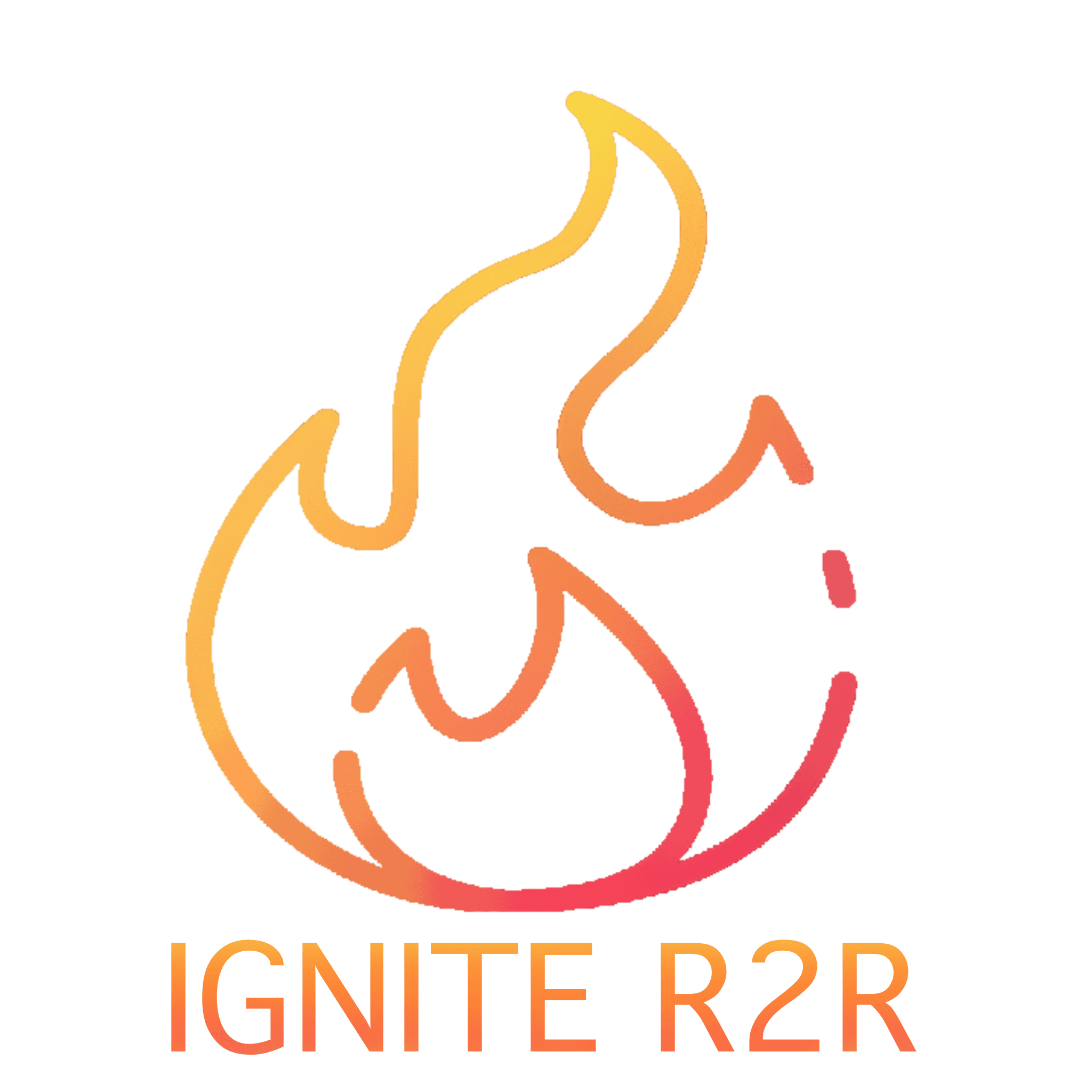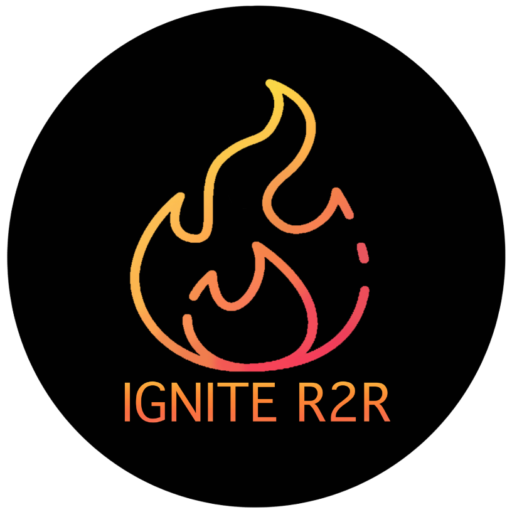
The landscape of work is undergoing a dramatic transformation across the globe. But in the Asia-Pacific (APAC) region, something truly remarkable is brewing. Here, innovation, flexibility, and a willingness to embrace change are shaping the future of work in exciting ways. This article explores five key trends that will define the APAC workplace and how talent acquisition, recruitment, HR, and employer branding professionals can navigate this evolving landscape.
1. From Routine to Revolution: The Rise of the Innovation-Driven Workforce
Gone are the days of rote memorization and repetitive tasks. APAC is experiencing a rapid shift towards a workforce that values creativity, problem-solving, and critical thinking. A McKinsey & Company report predicts that by 2040, China and India will contribute a staggering 50% of global GDP. This economic boom is pushing APAC companies to automate routine tasks at an unprecedented rate.
The focus is now on upskilling employees for roles that require a different skillset – one that prioritizes digital fluency, analytical thinking, and the ability to solve complex problems. Singapore’s ambitious goal of achieving a 50% job transformation rate by 2025 (as highlighted by LinkedIn’s Jobs on the Rise Report) underscores the urgency for innovation-driven skill development. Leading companies like Alibaba, Tencent, and Huawei are at the forefront of this movement, heavily investing in R&D and fostering dynamic cultures of innovation.
Actionable Insights:
- Conduct skills gap analyses to identify areas where your workforce needs upskilling or reskilling.
- Partner with training providers to offer relevant courses and workshops on topics like data analysis, problem-solving, and digital communication.
- Encourage a culture of continuous learning by providing employees with opportunities to attend conferences, workshops, and online courses.
2. Bridging the Gap: The Rise of the Hybrid Workforce Model
Remote work isn’t a perk anymore; it’s a reality for a significant portion of the APAC workforce. A recent M Moser Associates survey reveals that a staggering 45% of Asian employees prefer a hybrid work model, significantly higher than the global average of 37%. Companies like Fujitsu, with their “smart work” policy, and Grab, with their “flexible work” program, are recognizing this shift and proactively responding to employee preferences.
This flexibility allows them to attract top talent in a competitive market while catering to the evolving needs of their existing workforce. However, creating a seamless integration between remote and on-site teams, fostering employee engagement in a hybrid environment, and navigating legal and logistical hurdles remain crucial challenges that HR professionals need to address.
Actionable Insights:
- Develop clear policies and guidelines for remote work arrangements, including communication protocols, expectations around performance, and data security measures.
- Invest in collaboration tools and technologies that facilitate seamless communication and teamwork between remote and on-site employees.
- Organize regular virtual and in-person team-building activities to maintain employee engagement and company culture in a hybrid environment.
3. The Human Touch in the Age of Automation: The Skills of the Future
As automation and artificial intelligence (AI) redefine job roles, the need for a blended skillset becomes paramount. While technical expertise is important, the World Economic Forum emphasizes the growing importance of “soft skills” in the APAC region, particularly analytical thinking and design/user experience.
AgileHRO predicts a rise in demand for skills like data analysis, problem-solving, and digital communication, coupled with empathy, emotional intelligence, and the ability to build strong human connections. This focus on “soft skills” positions Asian workforces to excel in an environment where building rapport and adapting to change are key differentiators.
Actionable Insights:
- Integrate soft skills training into your employee development programs, focusing on areas like communication, collaboration, and emotional intelligence.
- Encourage teamwork and cross-functional collaboration to promote idea exchange and the development of essential soft skills.
- Recognize and reward employees who demonstrate valuable soft skills such as leadership, problem-solving, and adaptability.
4. Beyond Borders: The Rise of Borderless Talent Acquisition
The intense competition for talent in Asia is pushing companies to think beyond national borders. With a whopping 90% of the APAC workforce open to remote or hybrid work arrangements (as per PWC Asia Pacific’s Time report), the talent pool is expanding exponentially.
Singapore, for instance, with its diverse talent pool and thriving startup ecosystem, attracts tech talent from across the region. Companies like Sea Group and Razer leverage this advantage effectively. AgileHRO predicts a rise in “borderless talent acquisition” strategies, where companies utilize remote work flexibility and invest in reskilling and upskilling programs to attract and retain top talent from a global pool. This not only bridges the skills gap but also future-proofs the workforce.
5. Well-being at the Forefront: Prioritizing Mental Health in the Evolving Workplace
Compared to other regions, Asia grapples with significantly higher rates of low work productivity, anxiety, and depression. A TELUS Health report highlights this as a “growing concern” for workplace well-being in the region. With a work productivity score of just 47.2 compared to the global average of 58.2 (and significantly lower than the US and Europe), prioritizing mental health is no longer optional for APAC organizations.
Companies that create supportive work environments that prioritize employee well-being will have a significant competitive edge. Implementing flexible work arrangements, offering comprehensive mental health resources, and fostering a culture of open communication are key to achieving this. Certis’ 2022 Employee Assistant Programme, which provides mental health resources and support to all employees and their families, serves as a commendable example.
Actionable Insights:
- Implement flexible work arrangements that cater to individual needs and help employees achieve a healthy work-life balance.
- Offer comprehensive mental health resources, including access to employee assistance programs (EAPs) and confidential counseling services.
- Foster a culture of open communication where employees feel comfortable discussing mental health challenges without fear of stigma.
- Promote healthy habits and well-being initiatives, such as mindfulness training and stress management workshops.
Conclusion
The future of work in Asia-Pacific is brimming with exciting possibilities. By embracing innovation, agility, and a human-centric approach, talent acquisition, recruitment, HR, and employer branding professionals can navigate this transformative landscape and build a future-proof workforce that thrives in the years to come.
AgileHRO is a leading provider of innovative HR solutions, empowering organizations to build, manage, and engage a global workforce.





